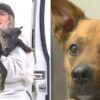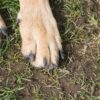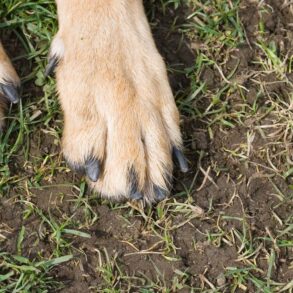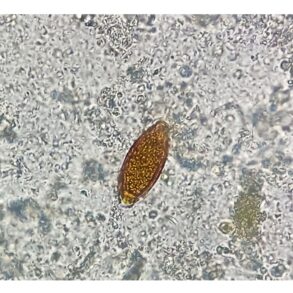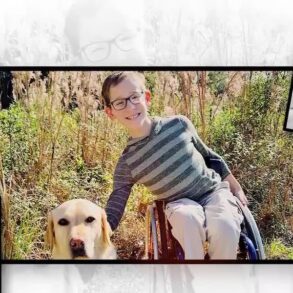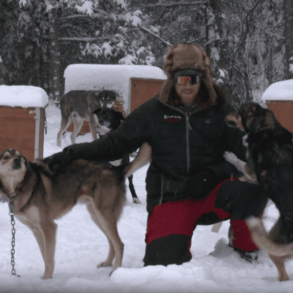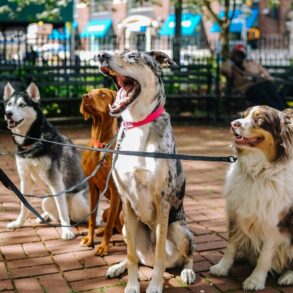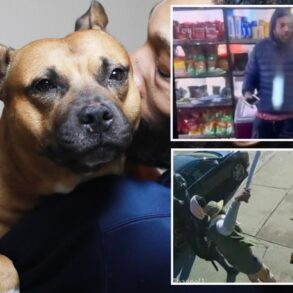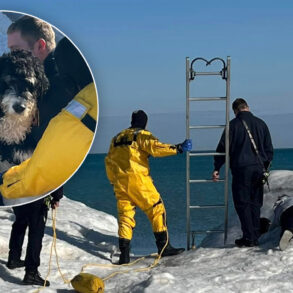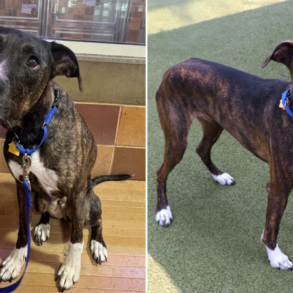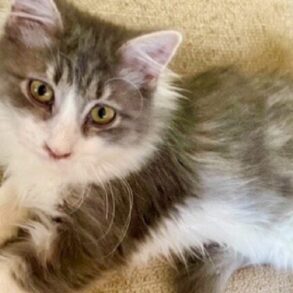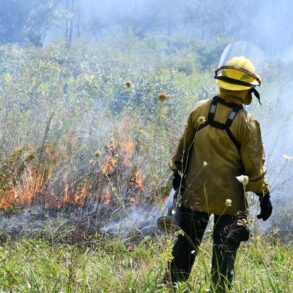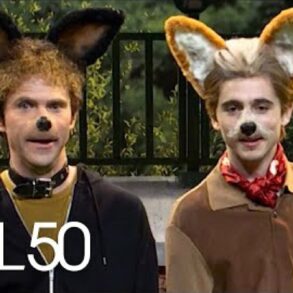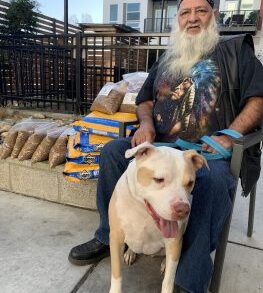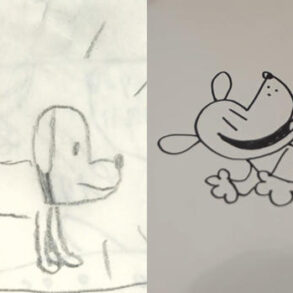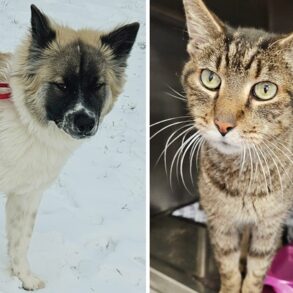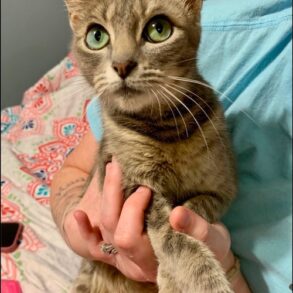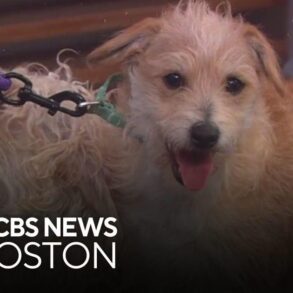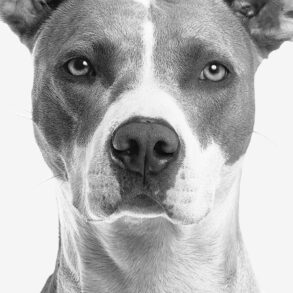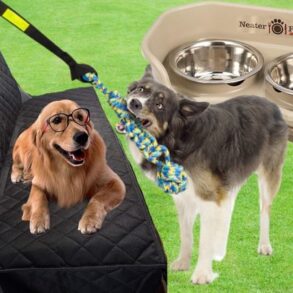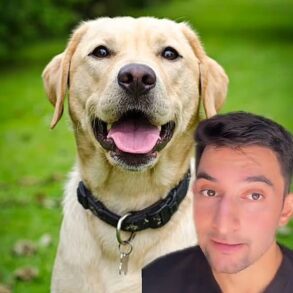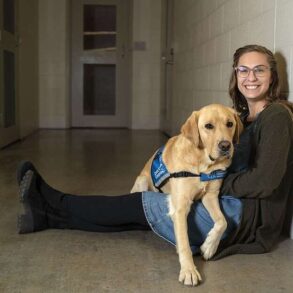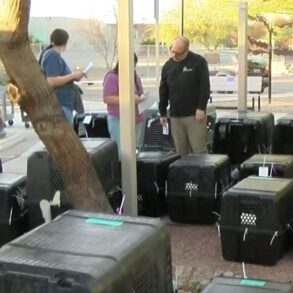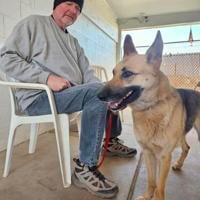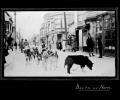
“With the arrival of Gunnar Kaasen on Monday morning with the package containing 300,000 units of diphtheria antitoxin a great strain was lifted from the minds of many of the population of Nome,” reads the Feb. 7, 1925 edition of The Nome Nugget. “The unprecedented dog relay from Nenana was a thriller from the time the first musher left Nenana until the serum arrived at its destination.”
Indeed, the story of 20 dog mushers braving horrendous trail conditions to rush a 20-pound package of diphtheria antitoxin vials from Nenana to Nome is still awe-inspiring, especially this year, as the centennial anniversary of the historic deed approaches.
Diphtheria strikes
Dr. Curtis Welch, the only doctor in Nome, reported in a medical journal that a family of six from Holy Cross arrived in Nome in October 1924. One of the children was treated for tonsillitis in Holy Cross, but later died in Nome with tell-tale diphtheria signs, but since the other children in the family did not get sick, Welch dismissed the case as tonsillitis. In December and January more children fell ill with sore throats but not until January 11 was Dr. Welch certain that the child had diphtheria. By that time three children had died of misdiagnosed tonsillitis.
Dr. Welch informed Mayor George Maynard, who appointed a health board, including Dr. Welch, to “take charge of the campaign against the local epidemic of diphtheria.” He appointed Emily Morgan, a former U.S. Public Health nurse to investigate every case of sore throat and report it to the board.
“An epidemic of Diphtheria has broken out in Nome and if proper precautions are taken, there is no cause for alarm,” reads the front page story in the January 24 Nugget. “On the other hand, if parents do not keep their children isolated from other children the epidemic may spread to serious proportions.”
The article instructs all children to wash their faces and hands with mild soap, to keep them isolated and observe the ordinary rules of sanitation. The only antitoxin in Nome was six years old and a new supply had been ordered, but did not arrive by boat in the summer. Welch sent wires to obtain a supply of the antitoxin and authorities mulled how to get the serum to Nome as it was icebound and winter aviation was not a guaranteed success. In Nome, public schools and the bureau of education school were closed by local authorities and the mayor issued an order forbidding any public gatherings.
Governor Scott Bone decided on using dog teams to transport the serum.
On the Trail
In his book “Alaskan Dog Driver,” Leonard Seppala wrote that about Christmas time in 1924 his little daughter suffered a sore throat but recovered. “It was not long before others were affected and it was then that the Chairman of the Board of Health came to me asking if I would go out over the trail and bring back the diphtheria serum which was essential if we were to combat the disease,” he wrote.
The plan was to send Seppala at once to make the run to Nulato, in short mail-trip drives, hardening the dogs up gradually. “There had been very little snow that winter and I had not driven as much as usual, so I immediately set to work exercising the dogs and getting them in condition,” Seppala reported.
He set off with 20 dogs, thinking he must run all the way to Nulato and back.
Along the way Seppala advised villages and schools about the epidemic and told them to keep children away from people passing from Nome.
“We were lucky in having favorable weather and the trails were at their best.”
After four days he crossed Norton Bay from Isaac Point toward Shaktoolik and ran into Henry Ivanoff, who explained “after I had passed out of telephone communication the epidemic had increased so alarmingly that the officials had decided to speed the serum by short relays running day and night.”
While Seppala was on the trail, a relay of mushers and their dogs transported the serum through brutally cold conditions on the Tanana and Yukon rivers. It was Wild Bill Shannon who began the relay in Nenana. Mushers Dan Green, Johnny Folger, Sam Joseph, Titus Nickoli, David Corning, Edgar Kalland, Harry Pitka, Bill McCarty, Edgar Nollner, Greg Nollner, Charlie Evans, Tommy Patsy, Jackscrew, Victor Anagick, Myles Gonangnan got the serum as far as Shaktoolik, when Henry Ivanoff, half a mile into his run, encountered Seppala and passed the serum on to his sled.
“We had had a hard day, covering 43 miles with the wind at our backs,” Seppala wrote.”But the return was even harder. The gale was in our faces, the temperature was thirty below and we had the 43 miles to do over again in the dark. There was nothing for it but to face the music.”
Seppala faced the music. His team traveled non-stop 86 miles, the longest leg in the relay, and the team made it to Golovin, where Charlie Olson took over and brought the serum to Bluff. Weather had deteriorated further and a proper Bering Sea coastal storm was brewing. “On this run Mr. Olson was forced to stop and blanket his dogs and froze his fingers, hands and cheek considerably. His dogs arrived at bluff at eight in the evening, frozen and stiff in spite of his precaution,” reports the Nugget.
Gunnar Kaasen waited for two hours to see if the storm “would modify” but the winds prevailed and at 10 o’clock Kaasen started out deciding that longer delay might be disastrous. “This was the decision that has won Kaasen worldwide publicity made the name of Balto, his lead dog, common on the tongues of people throughout the Nation and also brought flattering offers for the driver and dog to appear before grinding cameraman in all parts of the film,” reports the Nugget. “Mr. Kaasen could not see Solomon as he passed in the storm and arriving at Safety found all dark, so decided to continue on and avoid the delay of waiting until Ed Rohn could be aroused and get his team into harness. Four of Gunnar’s dogs were in bad shape when he arrived in nome on account of the cold and wind,” the Nugget reported.
Upon arrival Dr. Welch opened quite a number of the packages containing the serum and found in every instance the contents frozen solid. The shipment was placed in a room where it could gradually thaw out. The serum remained viable and Dr. Welch set to treat all patients. In his report, he wrote that at the time the epidemic subsided, there were five deaths, 34 cases and 30 suspected cases.
Epidemic under control
On Feb 14, the paper reported in a bold headline “Nome Epidemic Apparently under control” but on page 2 also reports that one more person came down with diphtheria “just when Nome was congratulating herself that the danger was over and was figgeting to get loose from the quarantine.” The doctor warned against a lifting of the quarantine regulations too soon. He told a reporter that “The situation is coming out as I expected it would. We have a supply of good antitoxin still on hand and more coming, altogether things look bright.”
A second dog team relay went underway on Feb. 7 to bring in more serum. Schools opened again on Feb. 23 and all children’s throats were examined daily.
As for the mushers, Kaasen and Balto found fame beyond Nome, which caused bitterness in Seppala, who maintained that Togo was the greatest racing leader in Alaska.
The Great Race of Mercy involved about 150 dogs that covered over 674 miles in only five and a half days to deliver the antitoxin to Nome.
This post was originally published on this site be sure to check out more of their content.

